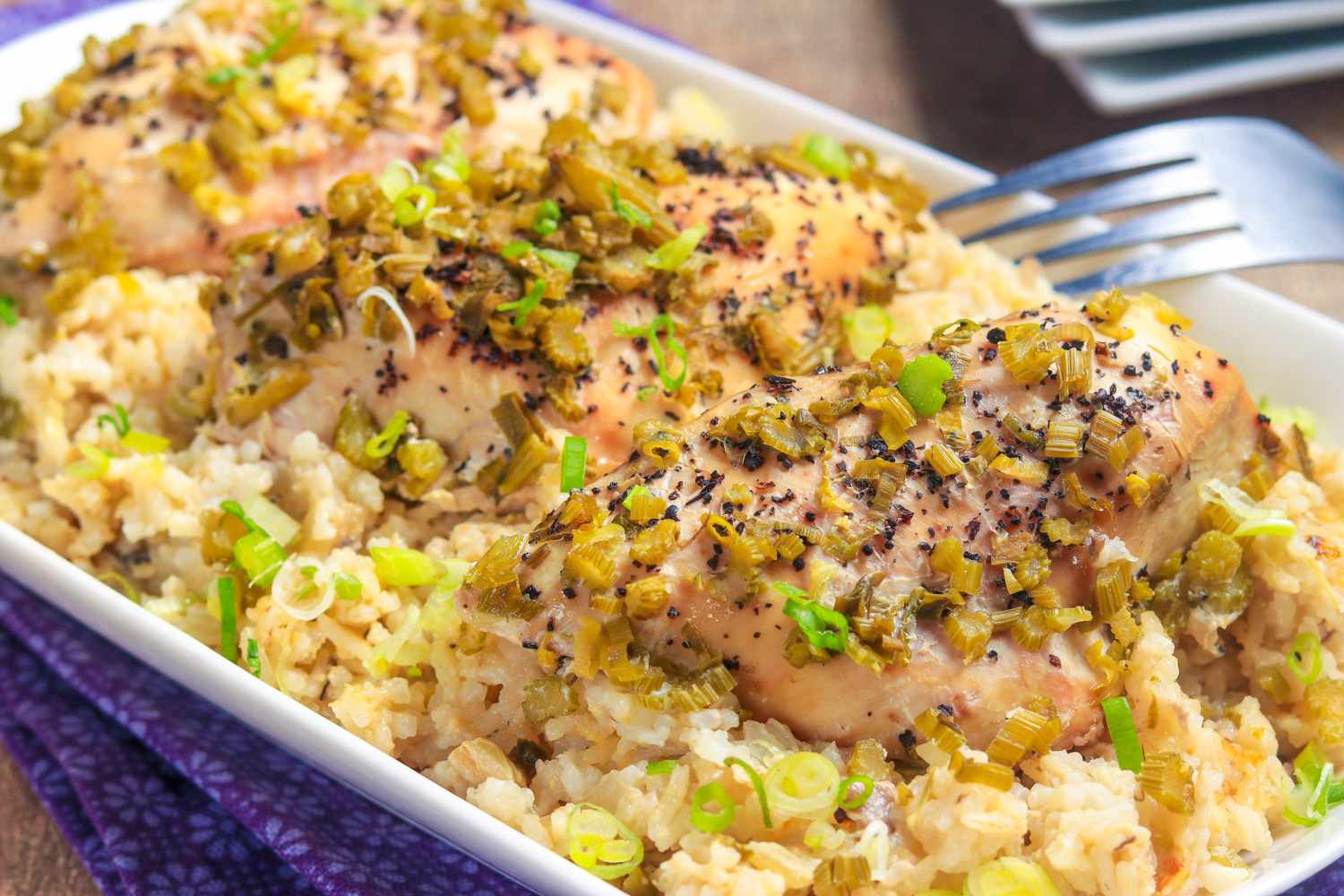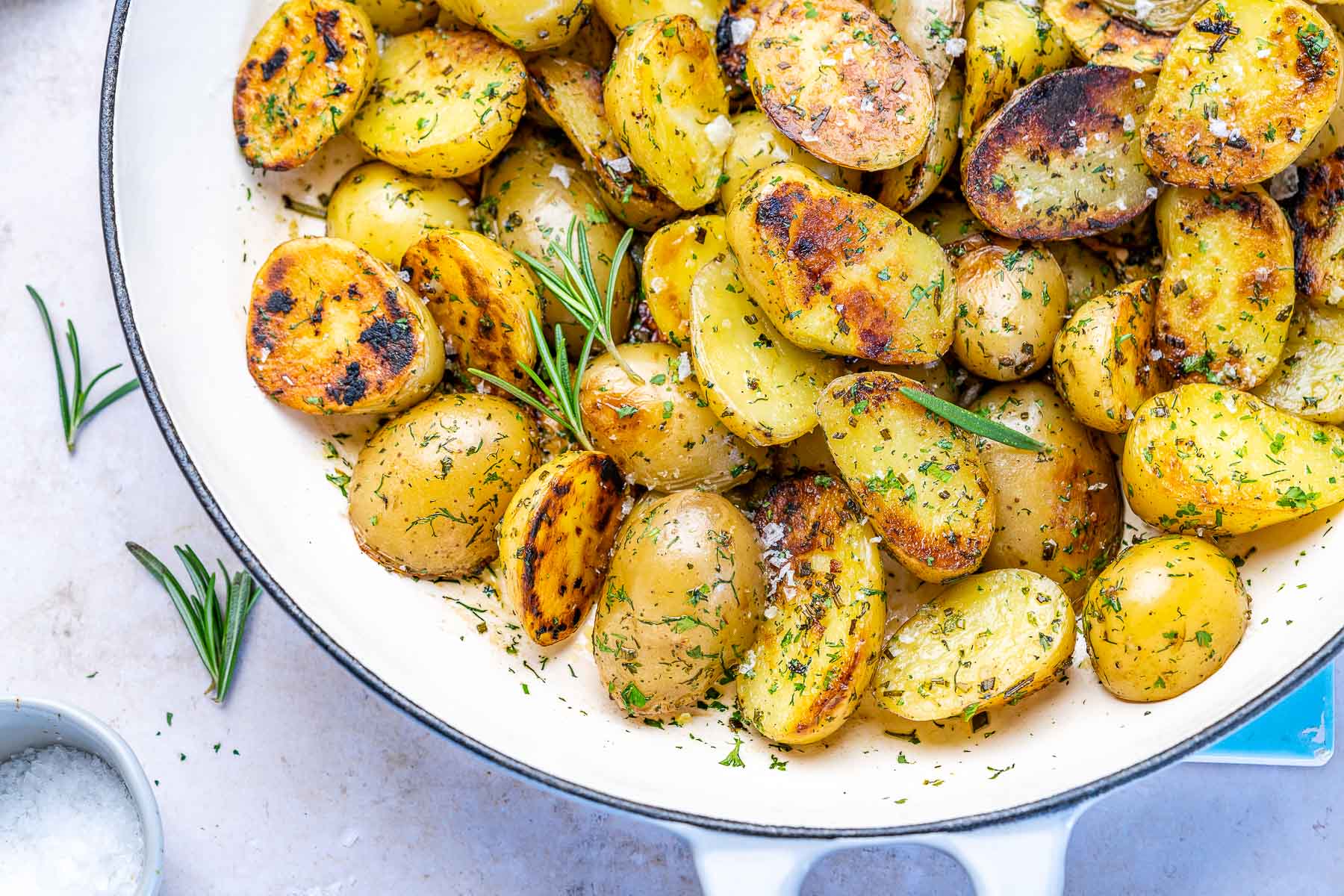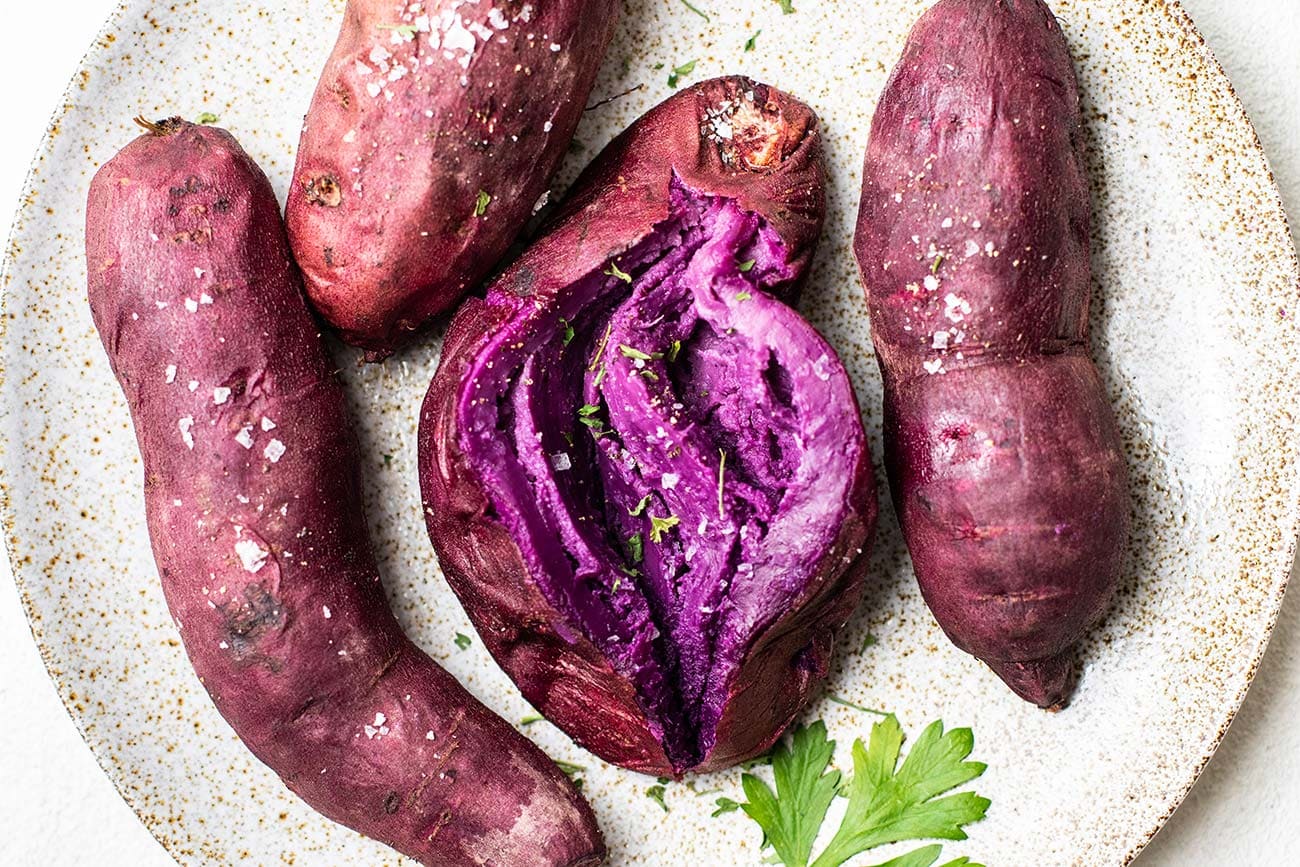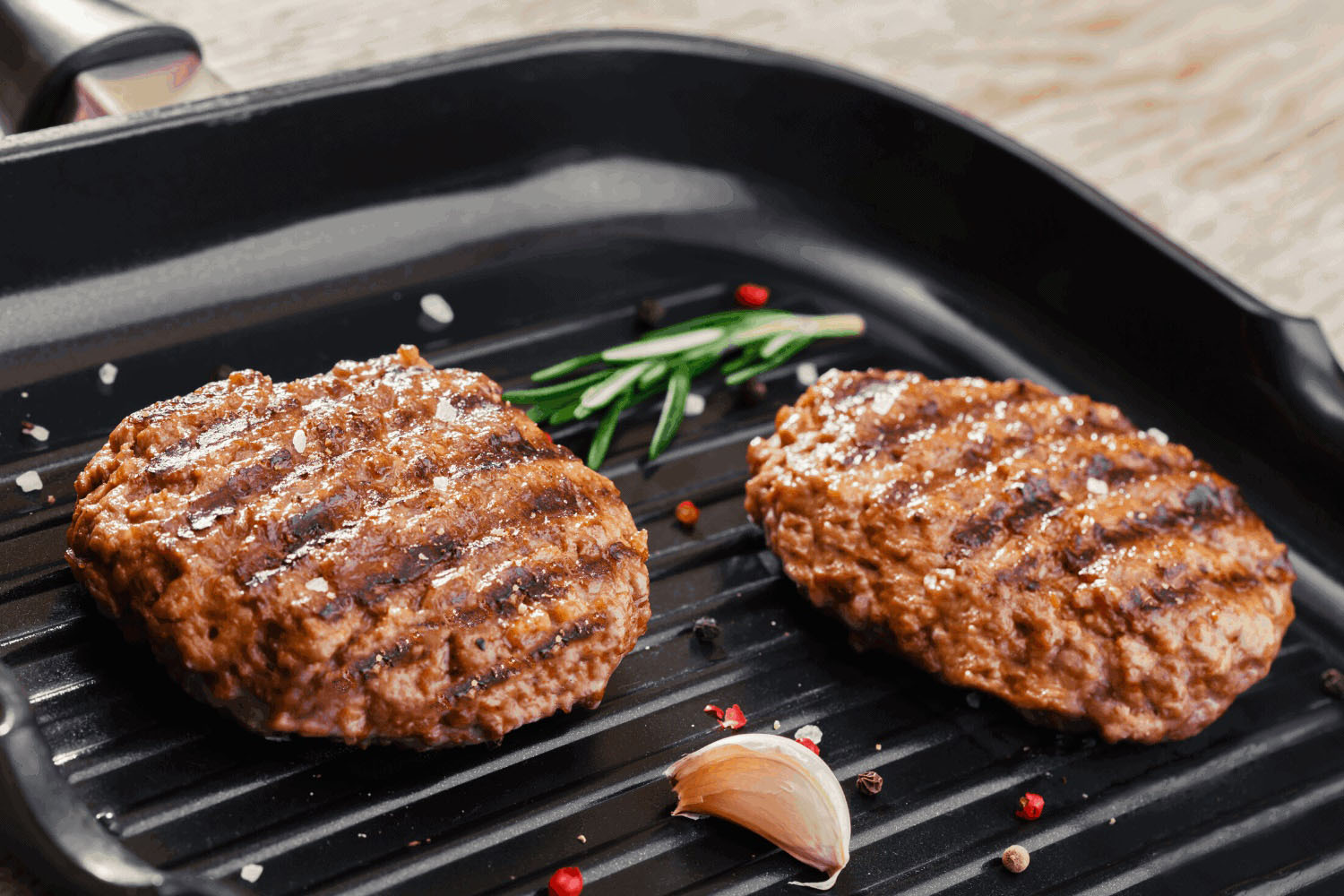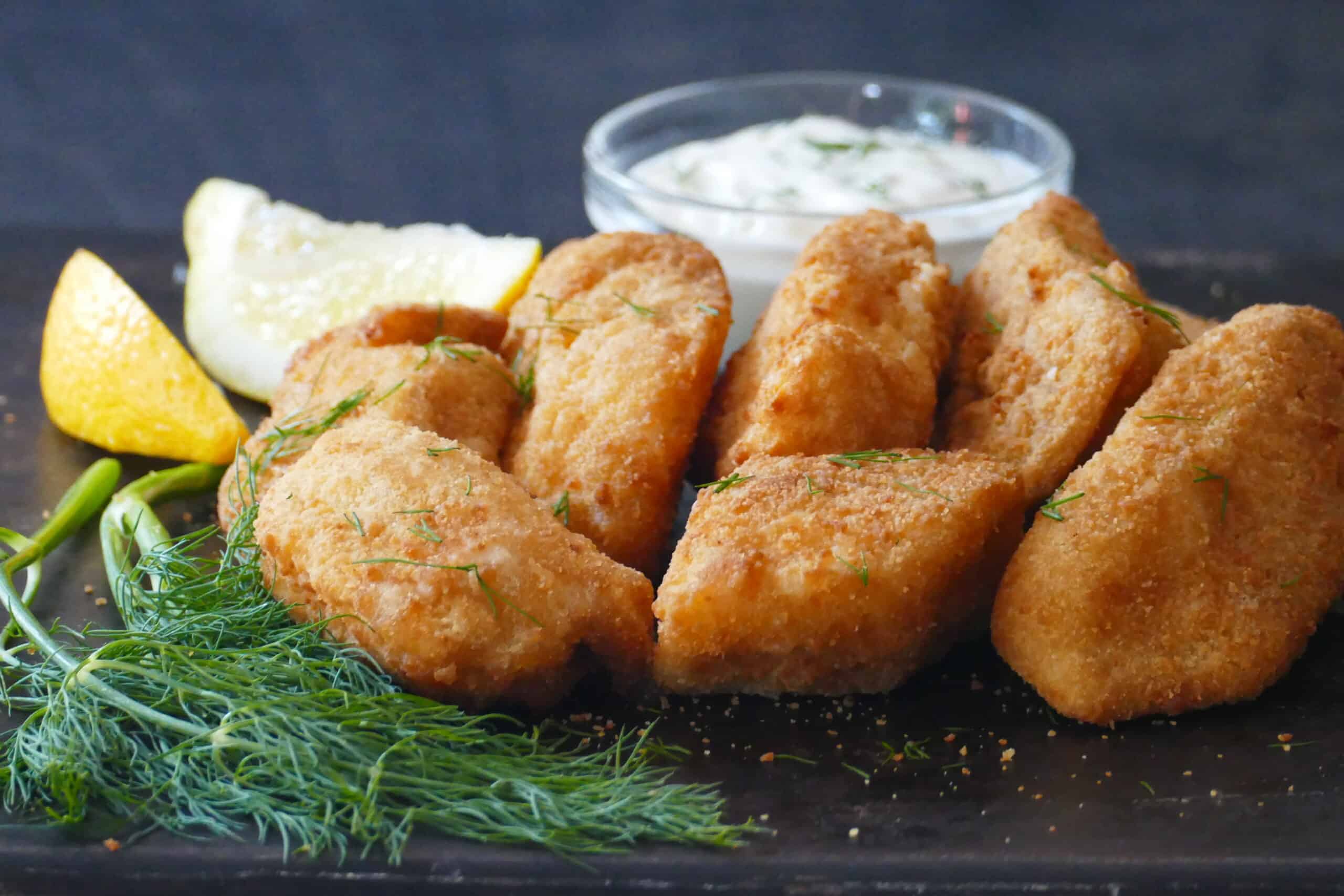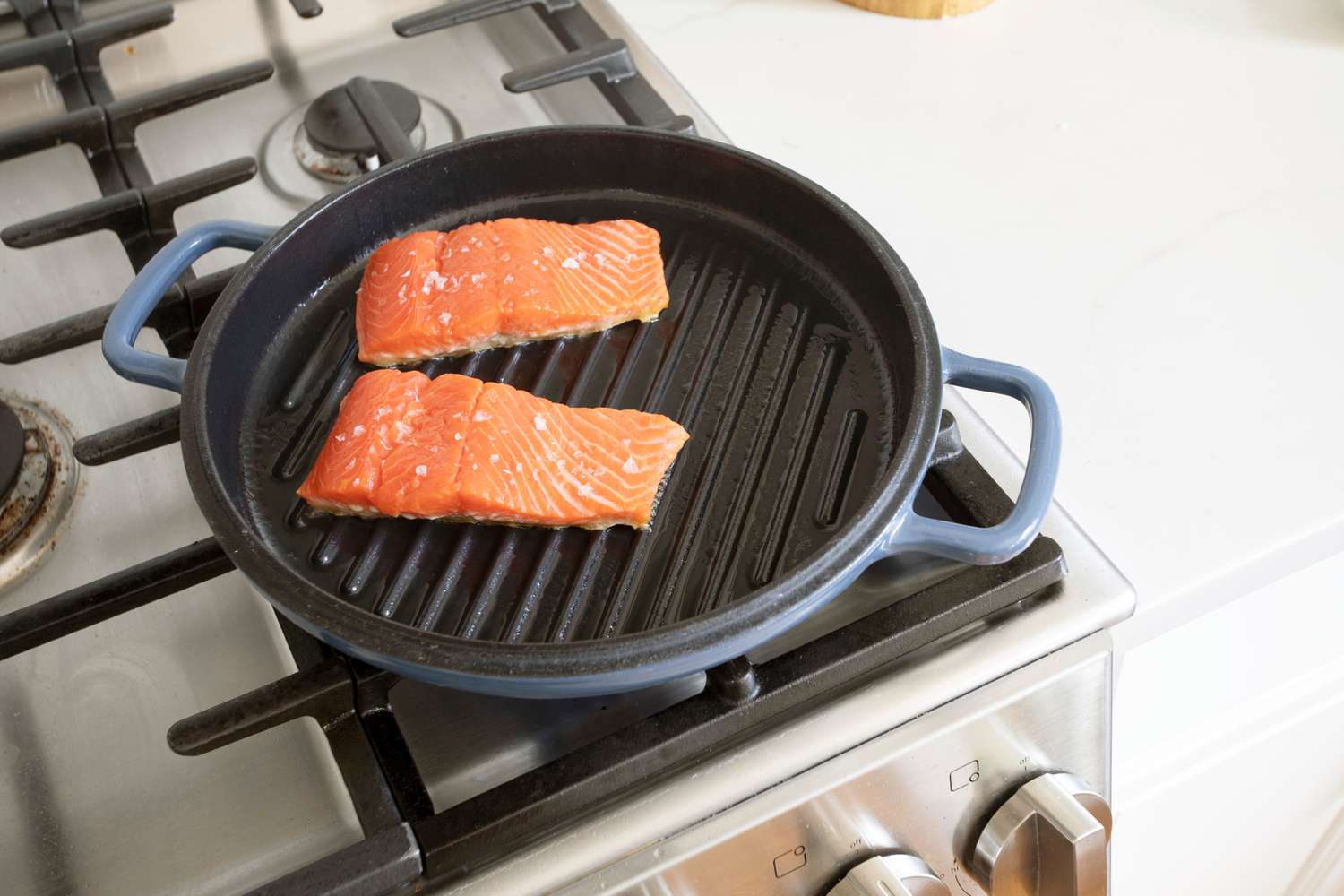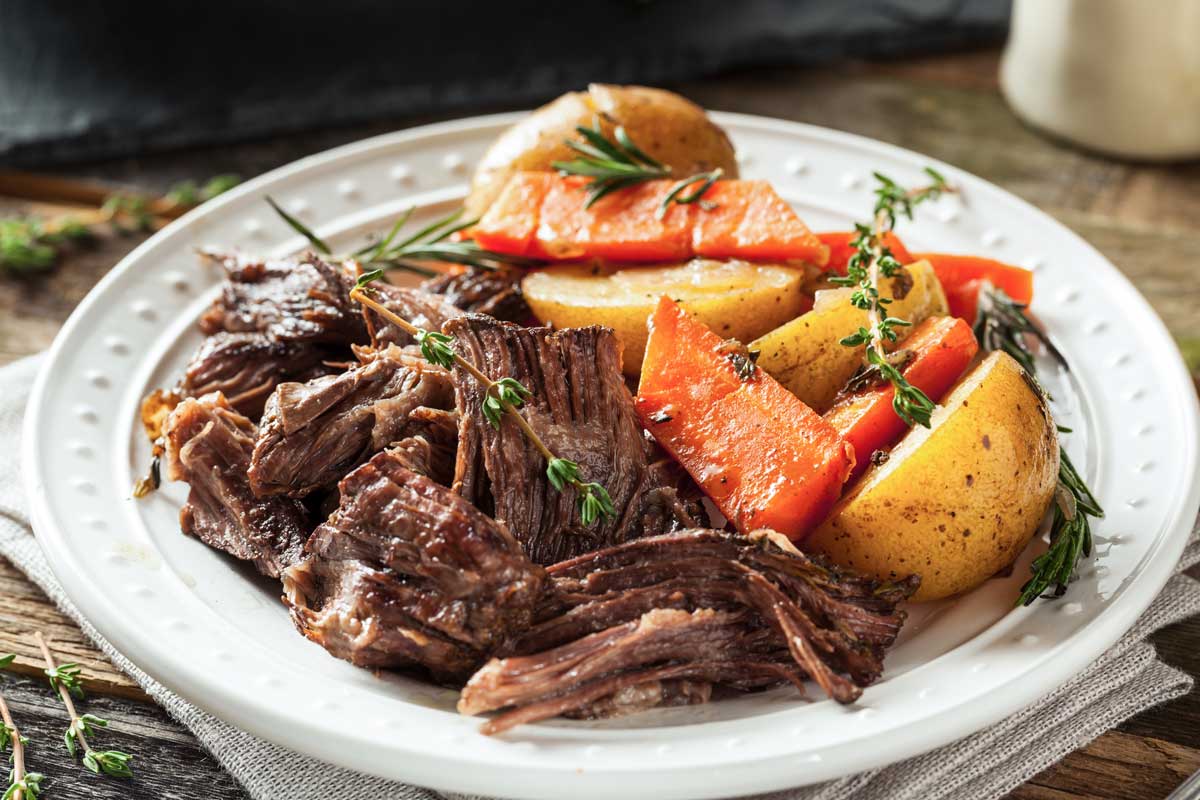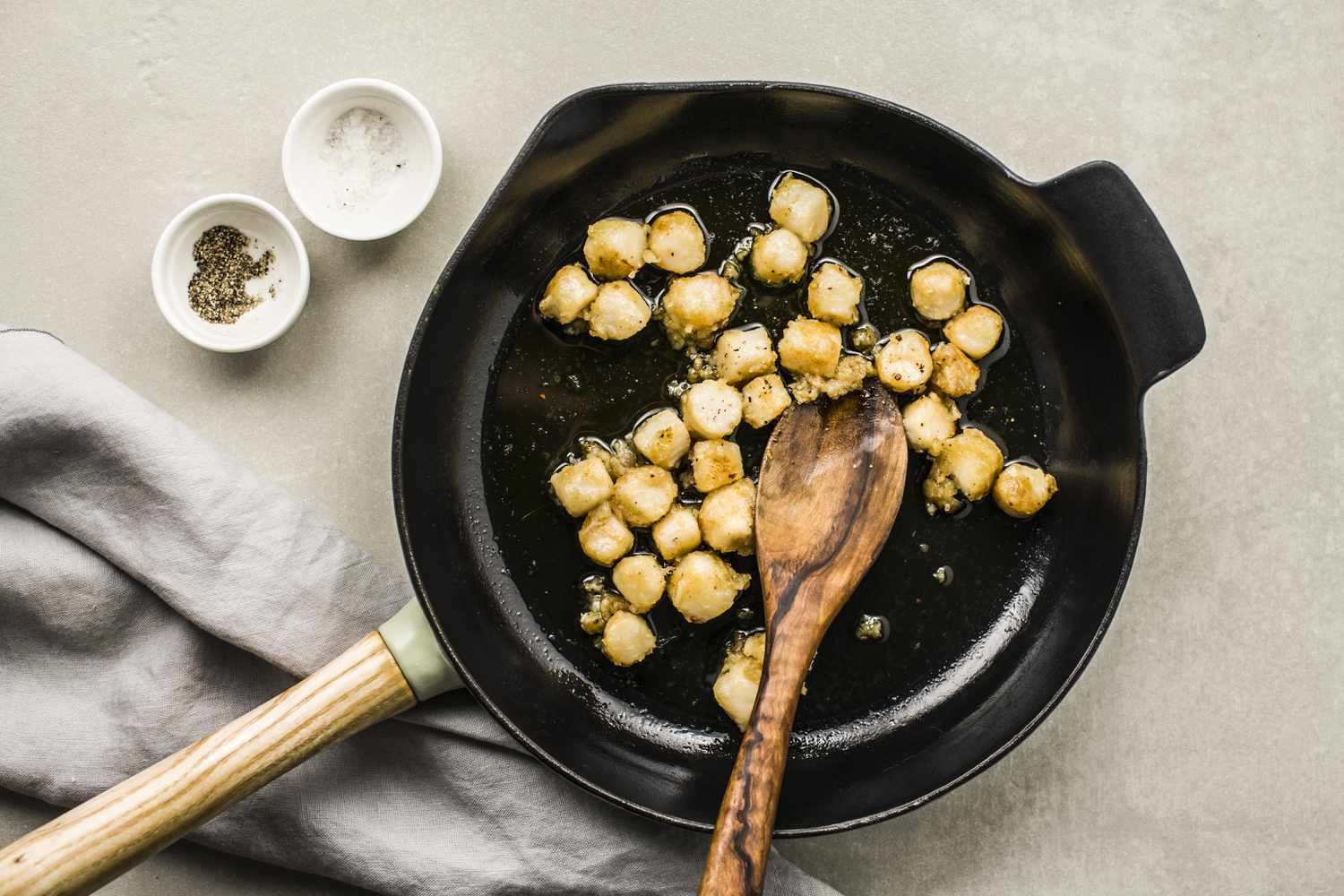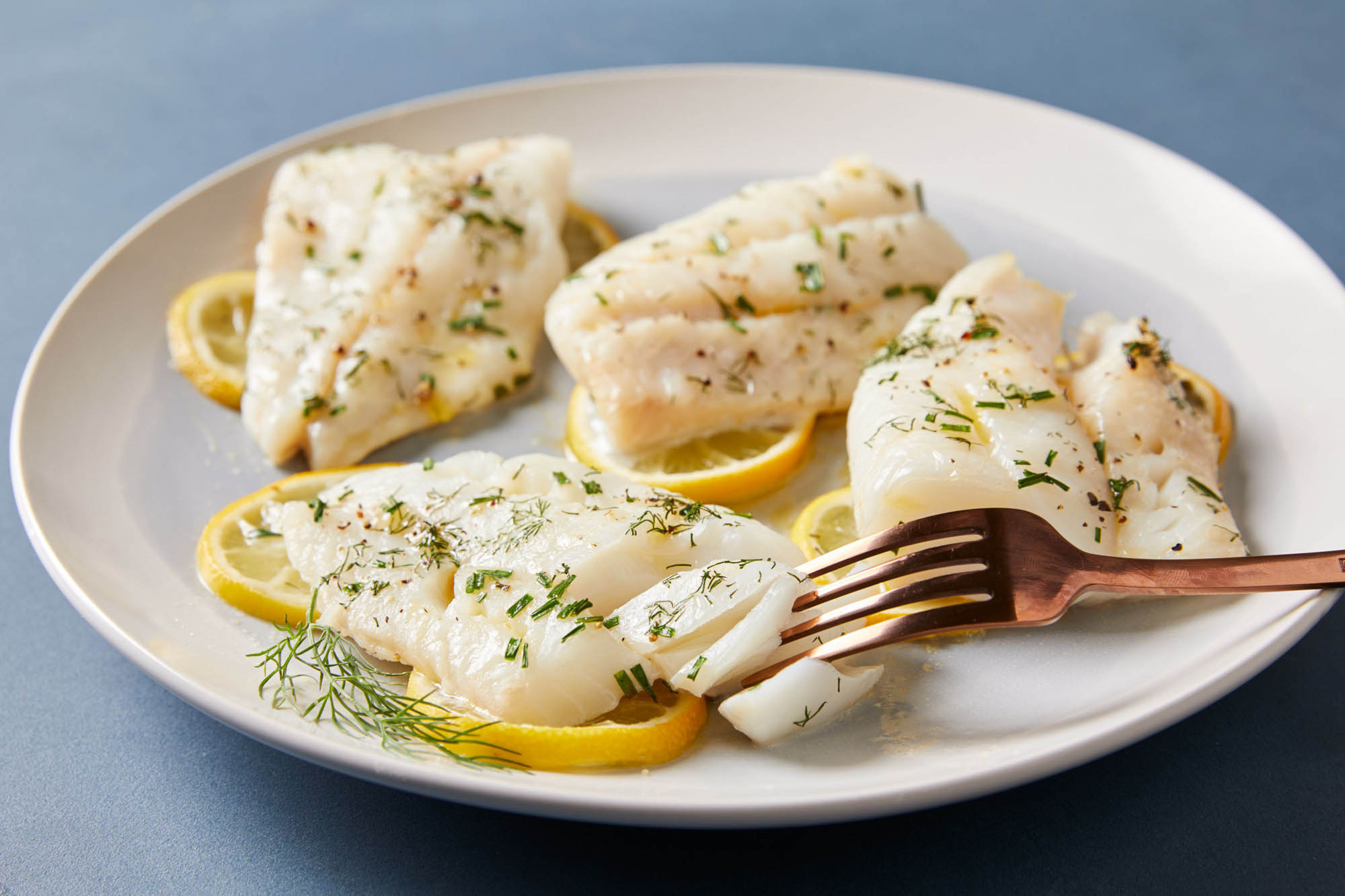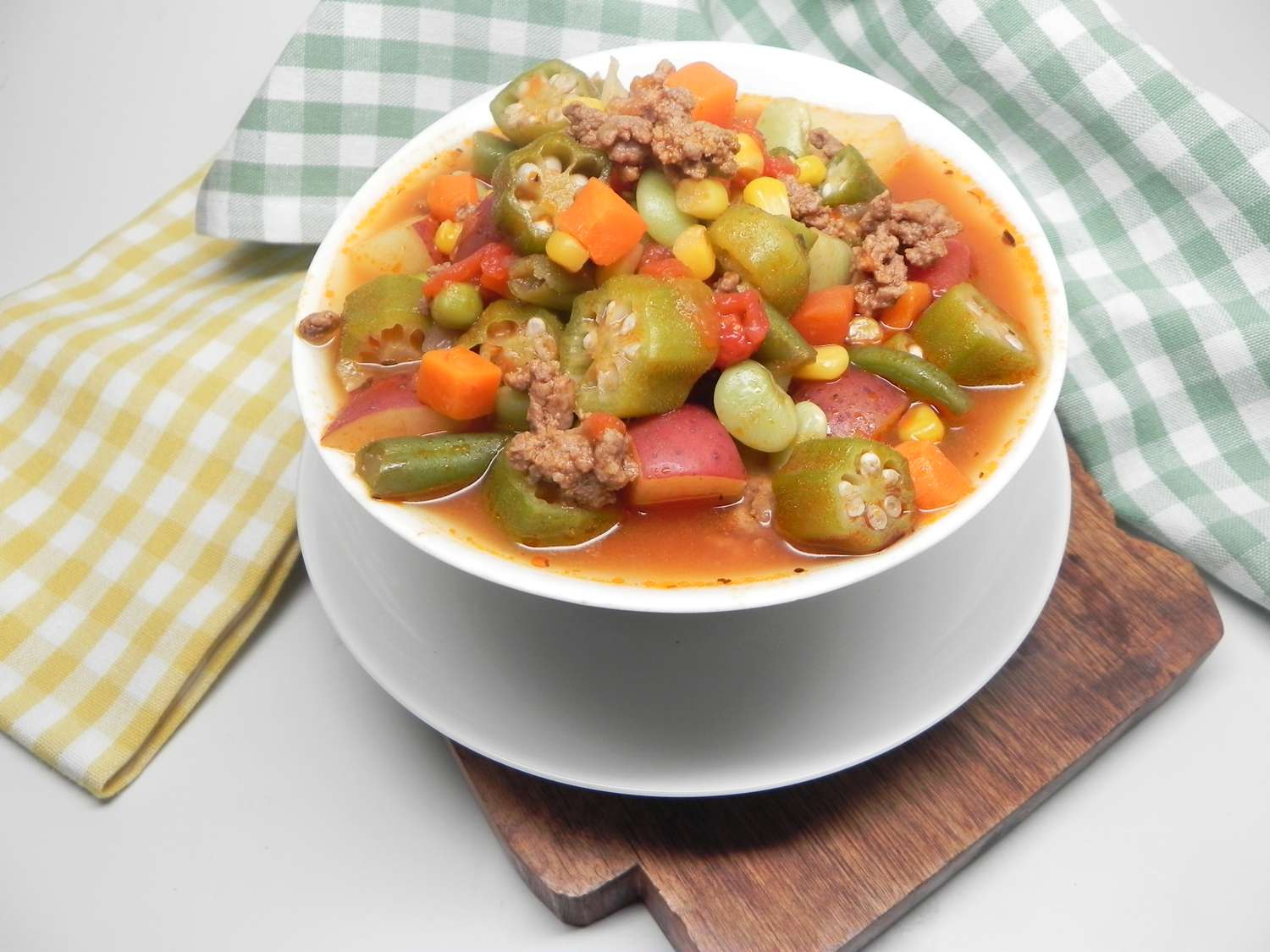How to Peel and Devein Shrimp: A Step-by-Step Guide
Shrimp is a delicious and versatile seafood that can be enjoyed in various dishes such as shrimp stir-fry, shrimp scampi, and even on its own as a shrimp cocktail. However, many people are intimidated by the prospect of peeling and deveining shrimp. Fear not, for we are here to guide you through the process step by step, making it easier than you ever imagined.
The Tools You’ll Need:
- Sharp kitchen knife
- Cutting board
- Bowl of cold water
- Paper towels
Step 1: Prepare the Shrimp
Start by rinsing the shrimp under cold running water to remove any dirt or debris. Pat them dry with paper towels to ensure a good grip while peeling.
Step 2: Remove the Head
Gently hold the shrimp by its head and twist it off, if desired. Alternatively, you can leave the head on for added flavor in certain recipes.
Step 3: Peel the Shell
Using your fingertips, carefully grip the shell at the base of the shrimp’s body and gently pull it off. You should be able to remove the shell in one smooth motion.
Step 4: Make an Incision
With a sharp knife, make a shallow incision along the back of the shrimp. Make sure not to cut too deep, as you only want to expose the vein.
Step 5: Devein the Shrimp
Using the tip of your knife or a shrimp deveining tool, lift the exposed vein and gently pull it out. If the vein breaks, you can rinse the shrimp under running water to help remove any remaining bits.
Step 6: Rinse and Repeat
Once you have deveined one shrimp, rinse it under cold running water to remove any remnants. Continue peeling, deveining, and rinsing each shrimp until you have completed the entire batch.
Step 7: Pat Dry and Use
After rinsing, pat the peeled and deveined shrimp dry with paper towels to remove any excess moisture. Now, your shrimp is ready to be used in your favorite recipes like shrimp scampi, shrimp stir-fry, or grilled shrimp skewers.
By following these simple steps, you can easily peel and devein shrimp like a pro. Don’t be afraid to experiment with different seasonings and cooking techniques to create a culinary masterpiece. So go ahead, grab some fresh shrimp, and get ready to enjoy a delicious meal!

